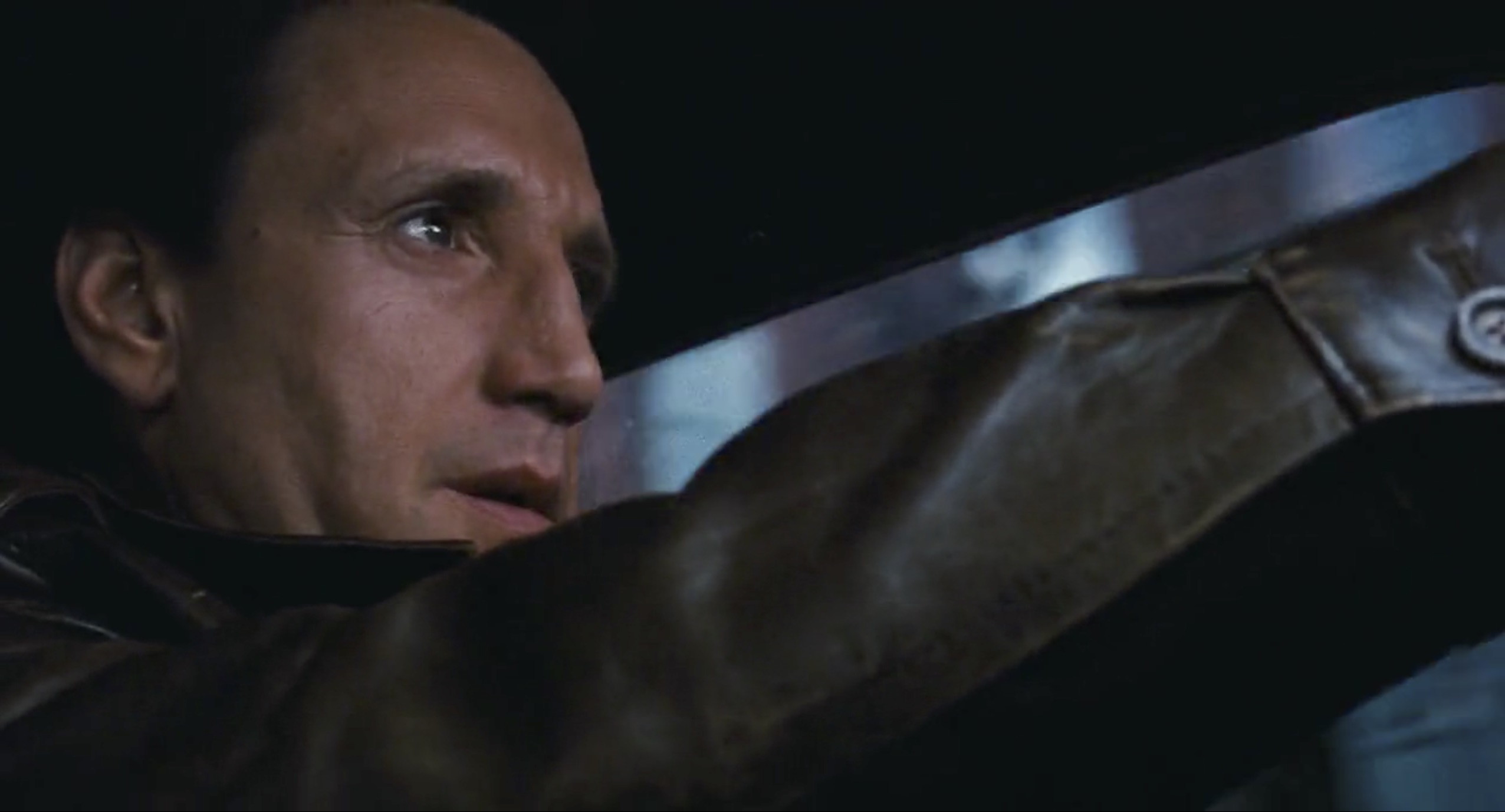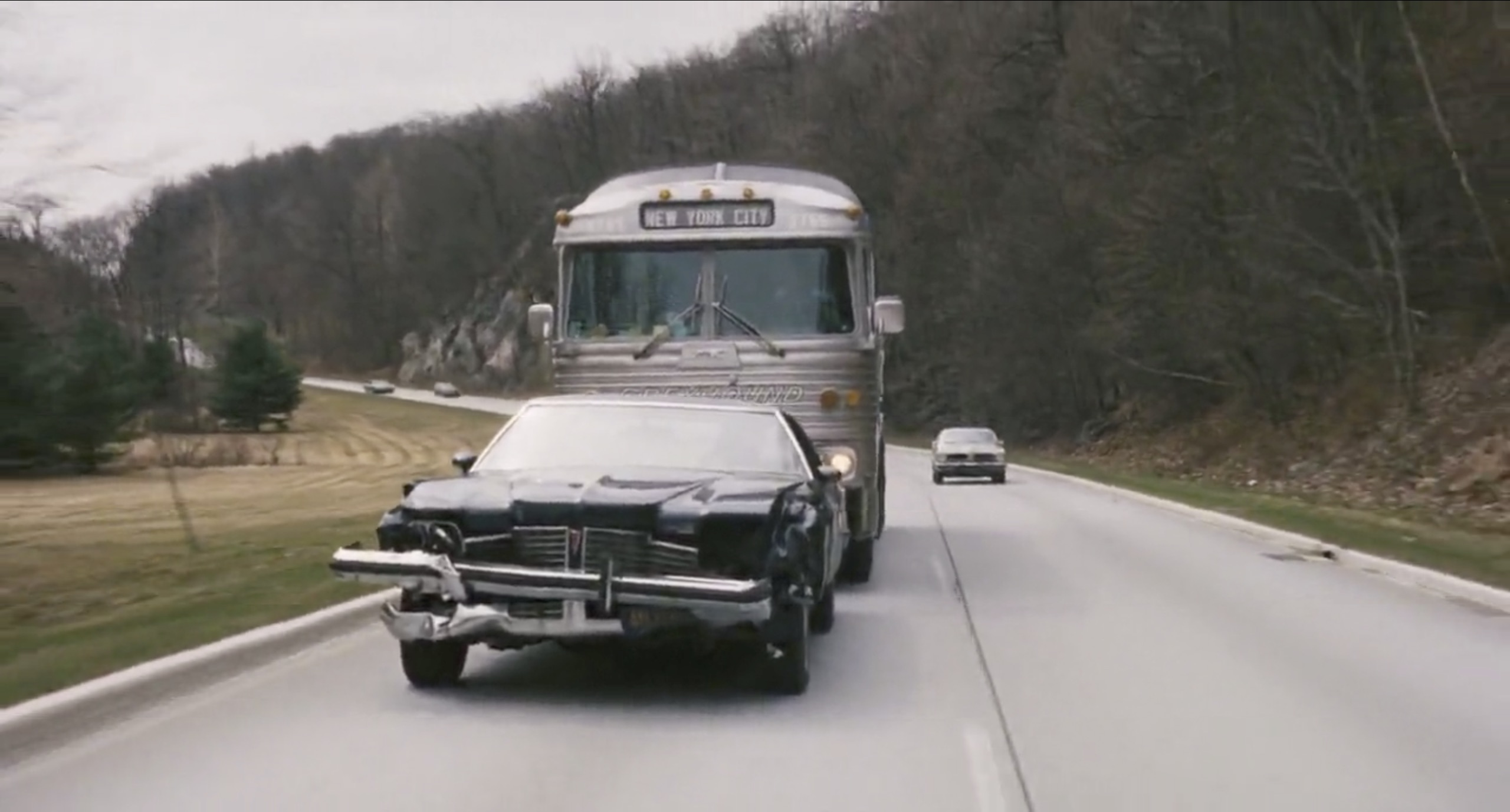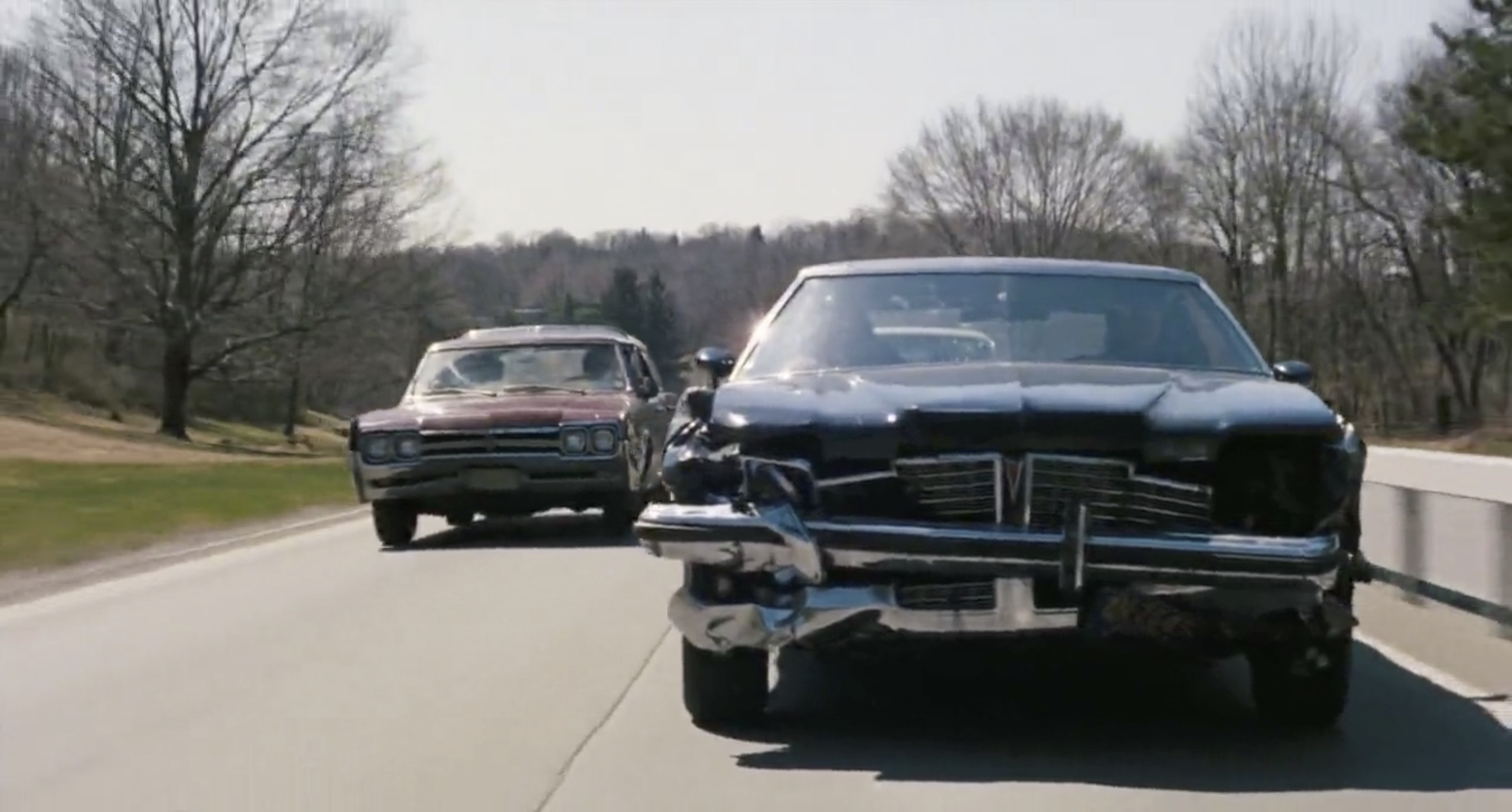The Pontiac chase in The Seven-Ups is real as it gets
In the early 1960s, New York police officer Sonny Grosso and partner Eddie Egan investigated a massive international drug smuggling ring, and in a 1962 bust they recovered more than 100 pounds of heroin. The case inspired Robin Moore’s nonfiction book The French Connection, which was adapted by William Friedkin into the Oscar-winning classic film of the same name in 1971. But this wasn’t the only Sonny Grosso story worth telling.
After the French Connection case, Grosso worked with an elite unit of cops that only handled major felony cases, where the minimum prison sentence was seven years. The team was appropriately named the Seven-Ups, and the cops’ story helped birth a Pontiac fan’s dream car chase.
Philip D’Antoni, the producer of Bullitt and The French Connection, rounded out his impeccable car-chase trilogy with The Seven-Ups, his only time in the director’s chair. Although the 1973 film is a fictionalized account of Grosso’s career, the spirit of the film is authentic, and also authentically Grosso. After working with Friedkin as a consultant on The French Connection, Grosso became a producer, and he infused 1970s cop movies and TV with his experiences and personality, an influence still felt today, something film critic James Monaco calls “Grossovian subtexts.” In The Seven-Ups, this “Grossovian subtext” makes for a taut crime thriller set in a New York City that is portrayed with character and grit.
Following his stint as Buddy Russo in The French Connection, Roy Scheider embodied Grosso again as Buddy Manucci, the leader of the Seven-Ups. Buddy works cases with the help of his unit, as well as an informant, his childhood pal Vito Lucia (Tony Lo Bianco). The men may have taken different paths, but they share history, an uneasy camaraderie, and a moral grayness: Buddy’s tactics for busting criminals aren’t always on the level, and Vito’s life of crime is motivated by a sick wife, a family who needs the money.
Buddy stumbles into a case involving a group of men who kidnap members of the mob for ransom and pretend to be cops. The mob blame NYPD, but the real perpetrators are Moon and Bo (Richard Lynch and stunt driver Bill Hickman of Bullitt fame), with Vito as the mastermind. When they bungle a kidnapping and accidentally kill another Seven-Up, Buddy’s friend Ansel (Ken Kercheval), they flee in a 1973 Pontiac Grand Ville, and Buddy pursues them in his ’73 Pontiac Ventura.
The French Connection may have been Friedkin’s poem to New York City, but The Seven-Ups feels truer to the city in the 1970s: seamier, more dangerous, on the brink of collapse. It’s the perfect place for this film’s chase. The 10-minute sequence, designed by Hickman, required four weeks of guerrilla-style filming, its route running from Manhattan’s Upper West Side to the George Washington Bridge, then into New Jersey. Although Grosso was friendly with NYPD, the crew had to get shots when and where it could.


“We were great at stealing shots,” D’Antoni explained. And there were a few close calls. During the chase, a stuntman opens the door of his parked car and Bill Hickman drives past, knocking the door off, which was rehearsed. But they didn’t anticipate that the door would fly at the camera crew, which had to move fast to avoid getting hit. Randy Jurgensen, technical advisor and another ex-cop who’d once partnered with Grosso, claimed the stunt drivers were even pulled over at gunpoint by the actual NYPD, because the officers believed the two had just robbed a bank: they were speeding, pursued by a helicopter, and wearing wigs.
D’Antoni adds to the riskiness and excitement of the film’s chase by keeping the cameras as close to the action as possible, and by endangering innocent bystanders (but only in the film, not on set). The moment when the drivers nearly mow down some kids was carefully choreographed, with cameras placed as close to the cars as possible to evoke the feeling of real danger. No one even tries to brake for the bystanders. The camera alternates between wide shots of the road and claustrophobic closeups on the actors, so we feel Bo’s determination, Moon’s fear (Richard Lynch’s genuine response to being Hickman’s passenger), and Buddy’s fury.
Once the men leave New York behind them and head onto U.S. Route 9, Moon and Bo pull in front of a Greyhound bus, out of Buddy’s sight. Moon gets his gun ready to fire at Buddy, but the bus driver alerts Buddy by honking. Buddy slows down just in time to dodge a bullet. His hood gets blown away instead, and he drives off-road. But Buddy comes back with a vengeance, hammering Hickman’s car with his own until a hubcap falls off. The Pontiacs reach a fork in the road, and Buddy notices a parked tractor trailer too late to stop.

The cast and crew had one chance to shoot this moment, the chase’s highlight: Buddy plows into the back of a parked tractor trailer, shearing off the top of his car in an instant. According to Hickman, the chase’s violent end was intended as a “tribute” to Jayne Mansfield, who died this way. In an interview with Louis Paul, Richard Lynch remembered: “Everybody stood by, and [stunt driver Jerry Summers] really plowed into that damn thing. It was one of the longest moments I can recall. Nobody moved. We waited, and then everybody started rushing to the car. He got a little hurt, the stuntman, he was a little damaged, he got a lot of glass damage. But for the most part, stuntmen know what they are doing.” As for Buddy Manucci, no matter how many times you’ve seen this chase, you still hold your breath when the truck driver peels back the dislodged, spiderwebbed windshield to see what’s become of him.
Just before the chase begins, Manucci finds Ansel—a cop who had just been talking to him about taking his oldest kid to get braces—beaten, bound, and near death in the trunk of a car, and Buddy’s raw emotion heightens the chase that follows. This isn’t just another cat-and-mouse game between an obsessive cop and criminal. It’s personal. Buddy is reckless, a man possessed, as he drives up onto the sidewalk, into a fruit cart, careens around corners, fishtails, and swerves around civilian cars.




The chase shares its DNA with Bullitt and The French Connection, borrowing from their best moments, with cars that seem to fly down New York City’s crowded streets. What makes this chase work and what sets it apart from its predecessors is Buddy’s anger and grief. Buddy isn’t just working a case, he’s a man looking to avenge his friend. Scheider is one of the most likable actors of all time, and as Buddy Manucci, he’s complicated but sympathetic, a boy scout compared to Popeye Doyle, and we feel for him in and out of the driver’s seat.
D’Antoni expresses his reverence for realism in The Seven-Ups’ car chase. There were no gimmicks, no music, and almost no rehearsing, special equipment, or special effects. Just pure emotion, adrenaline, and roaring engines. Even if the drivers wanted to rehearse, they could only do most of their stunts once because they needed to preserve the cars, and if they’d shown anyone what they planned to do, no one would have let them do it.
Tony Lo Bianco explained the appeal of the film’s chase: “That’s why it looks so great, because most of it was for real.” Randy Jurgensen added, “What we did is what you saw.”













I saw this movie back in the ’60’s and LOVED IT! I am so glad to be able to see it yet AGAIN!
Thank You so much!